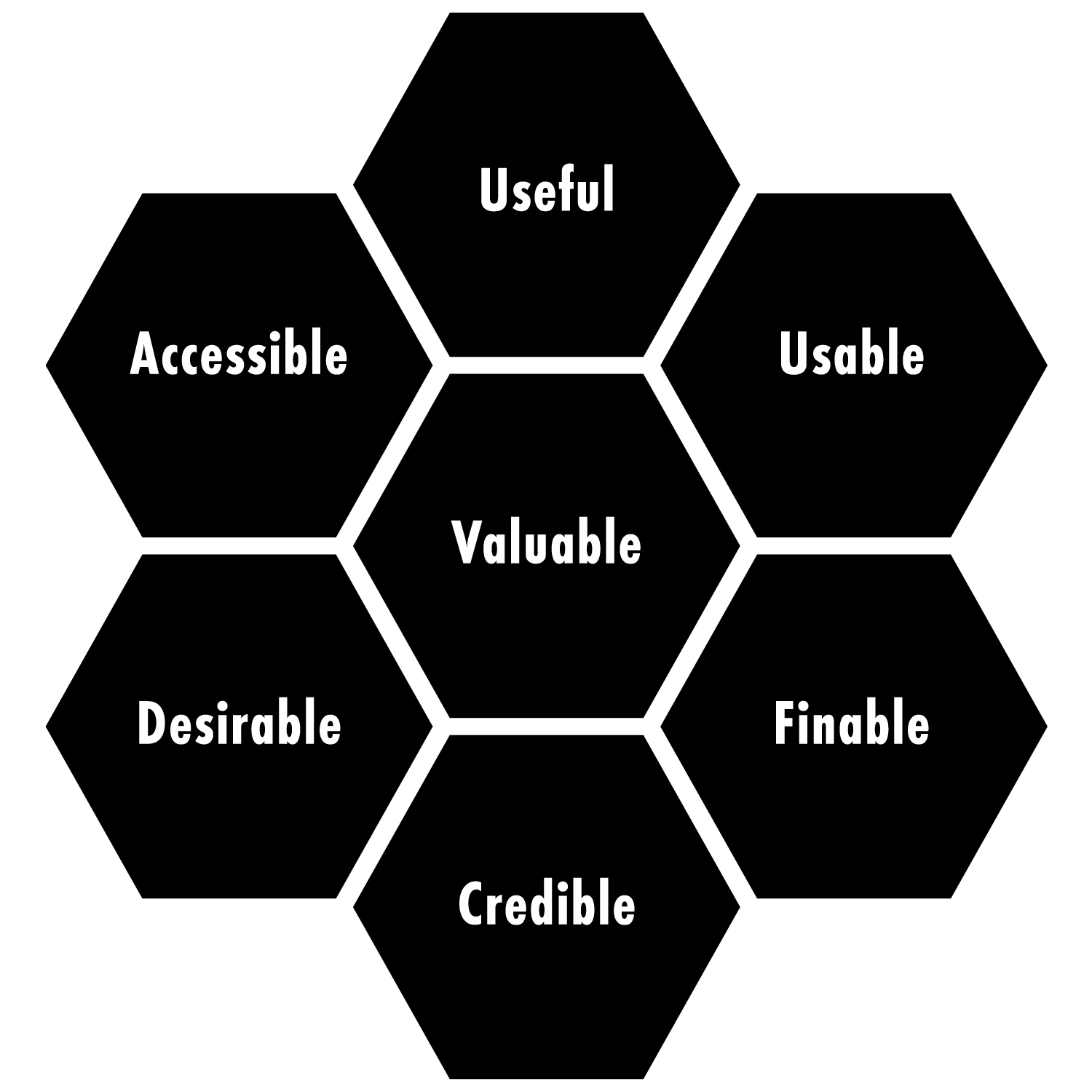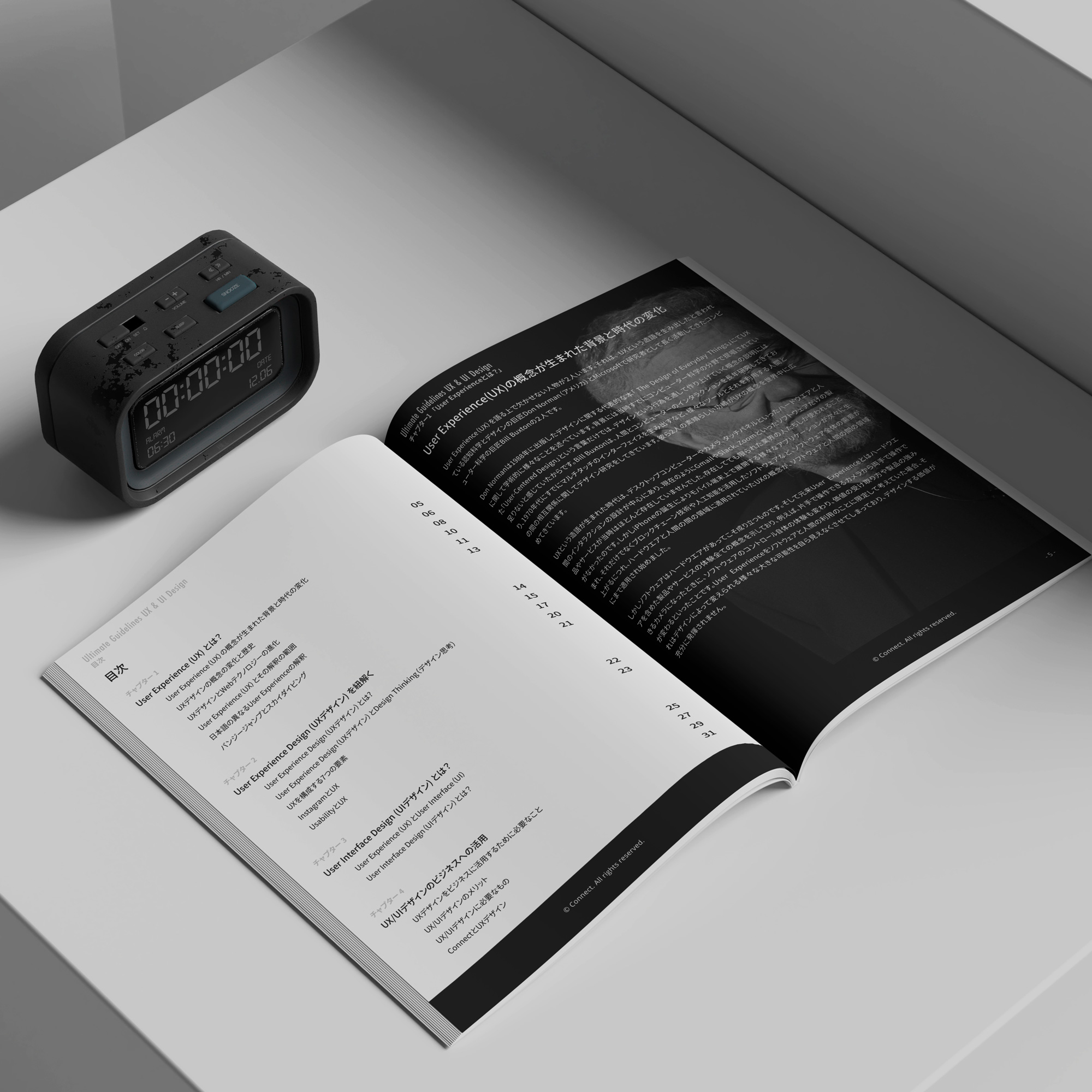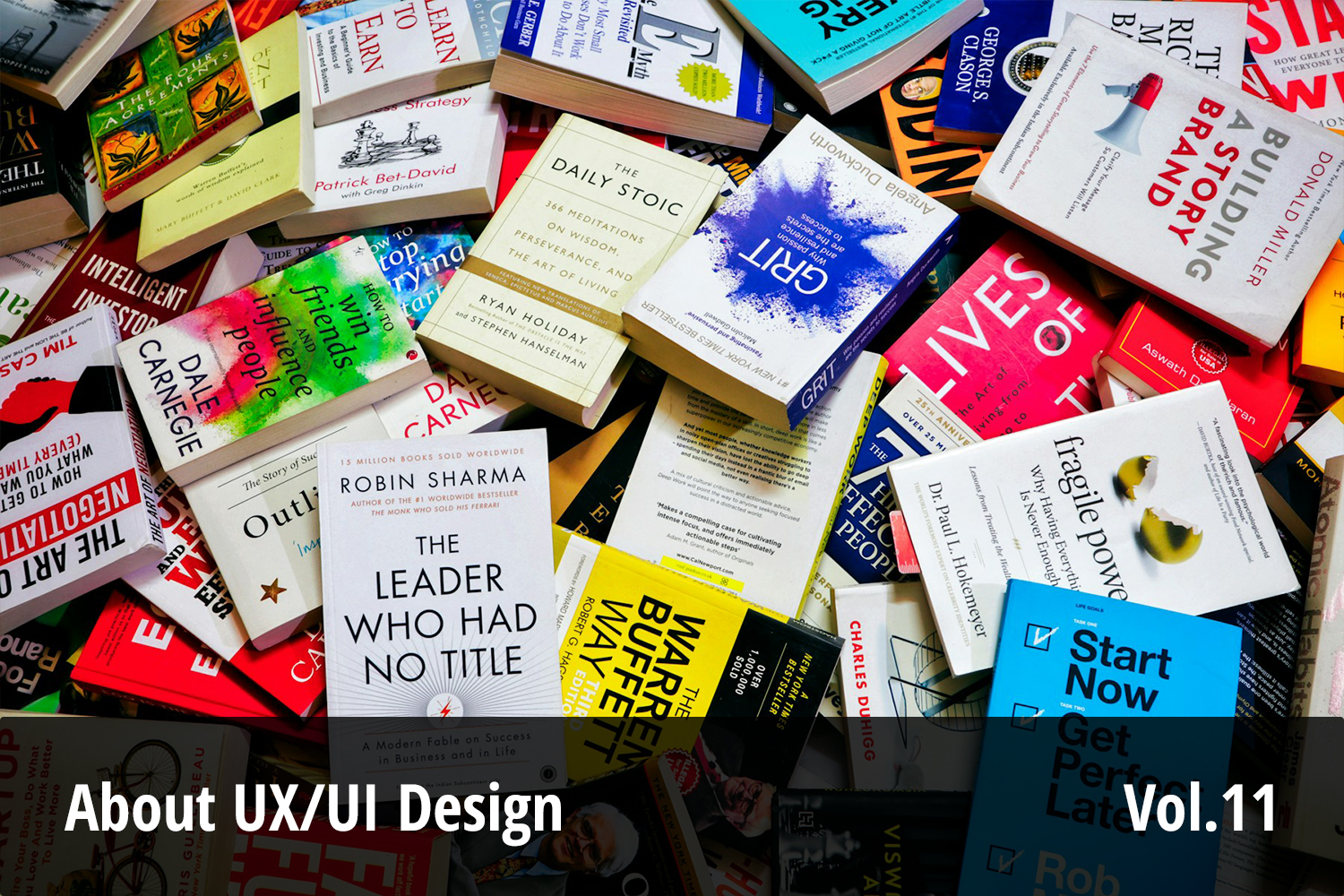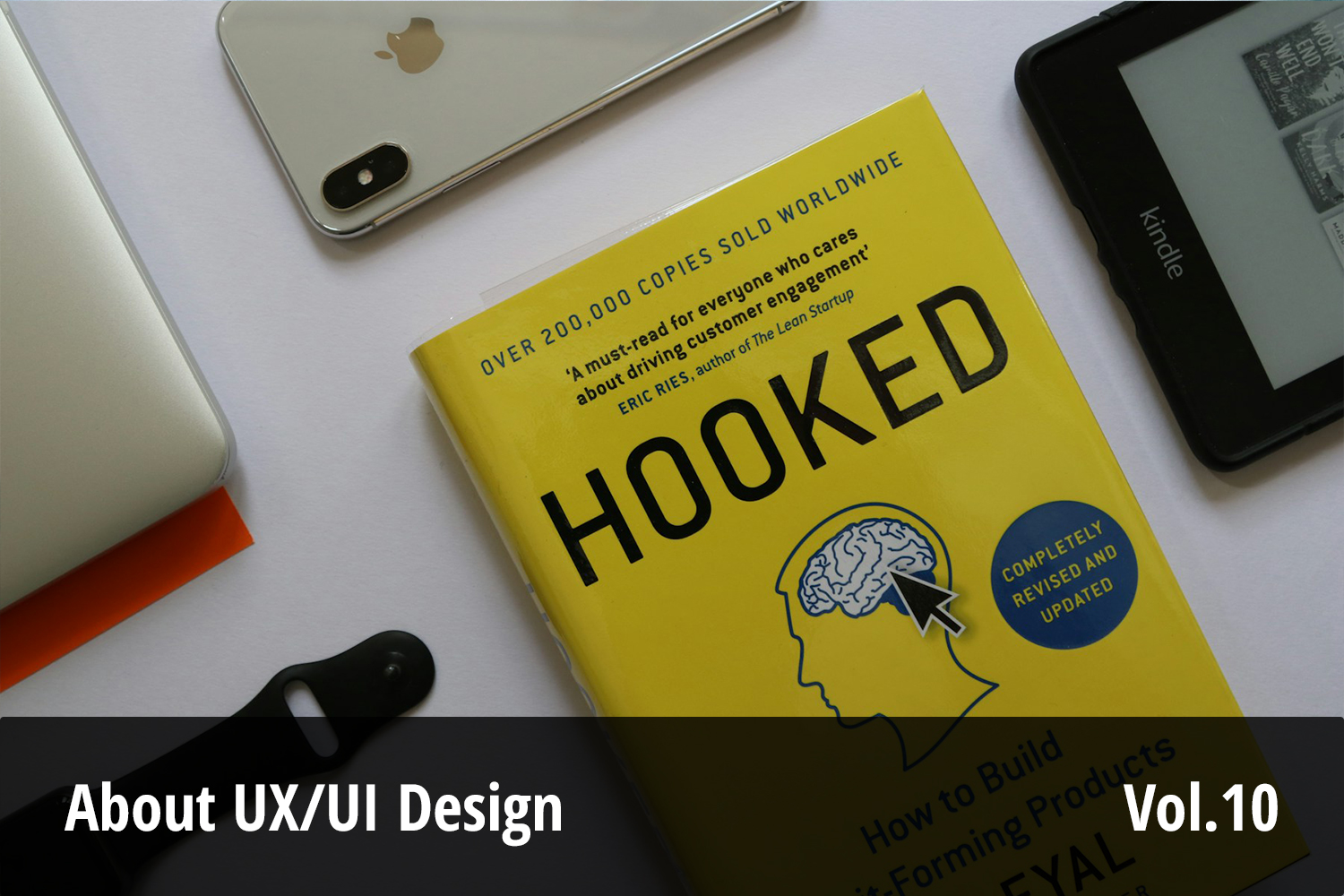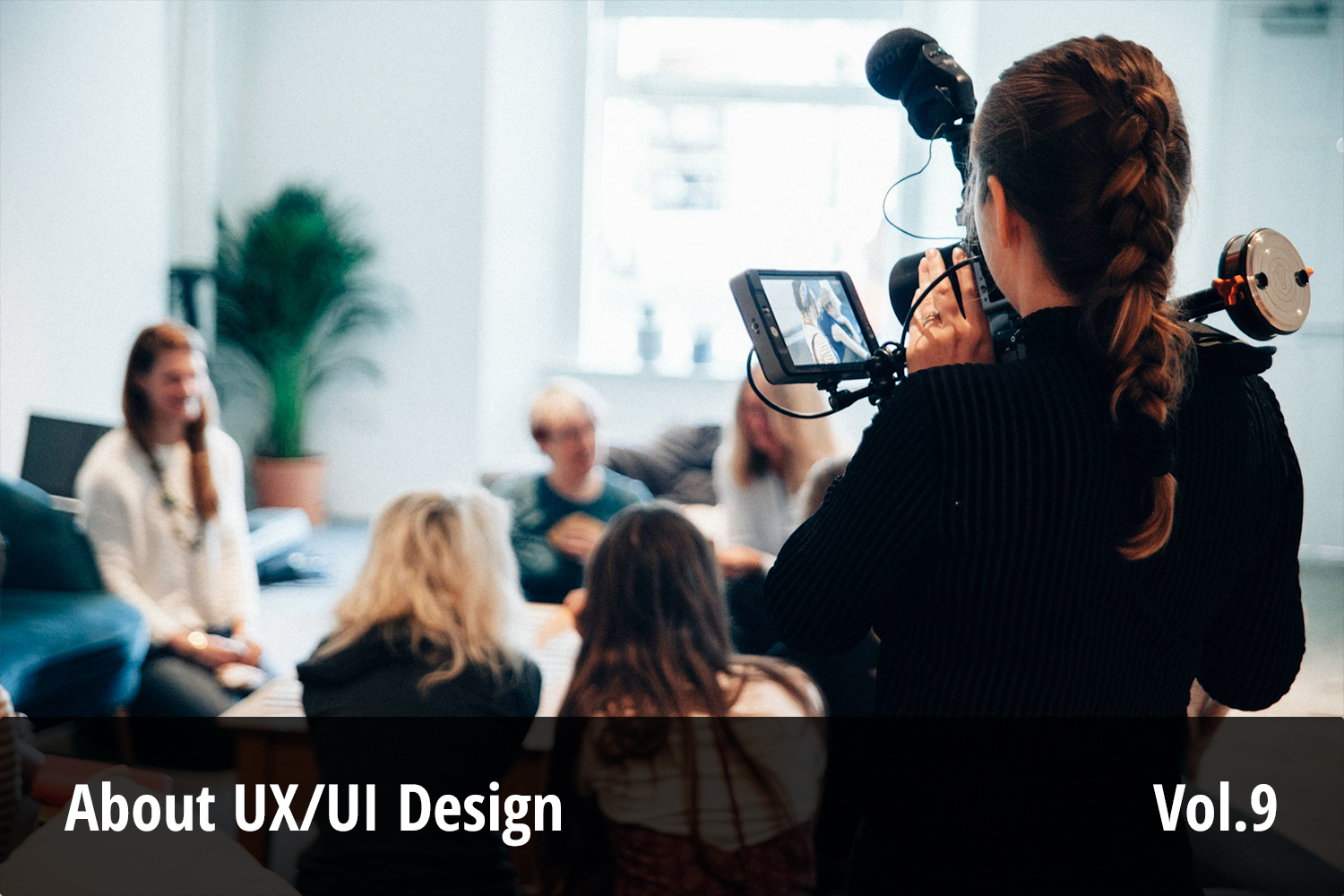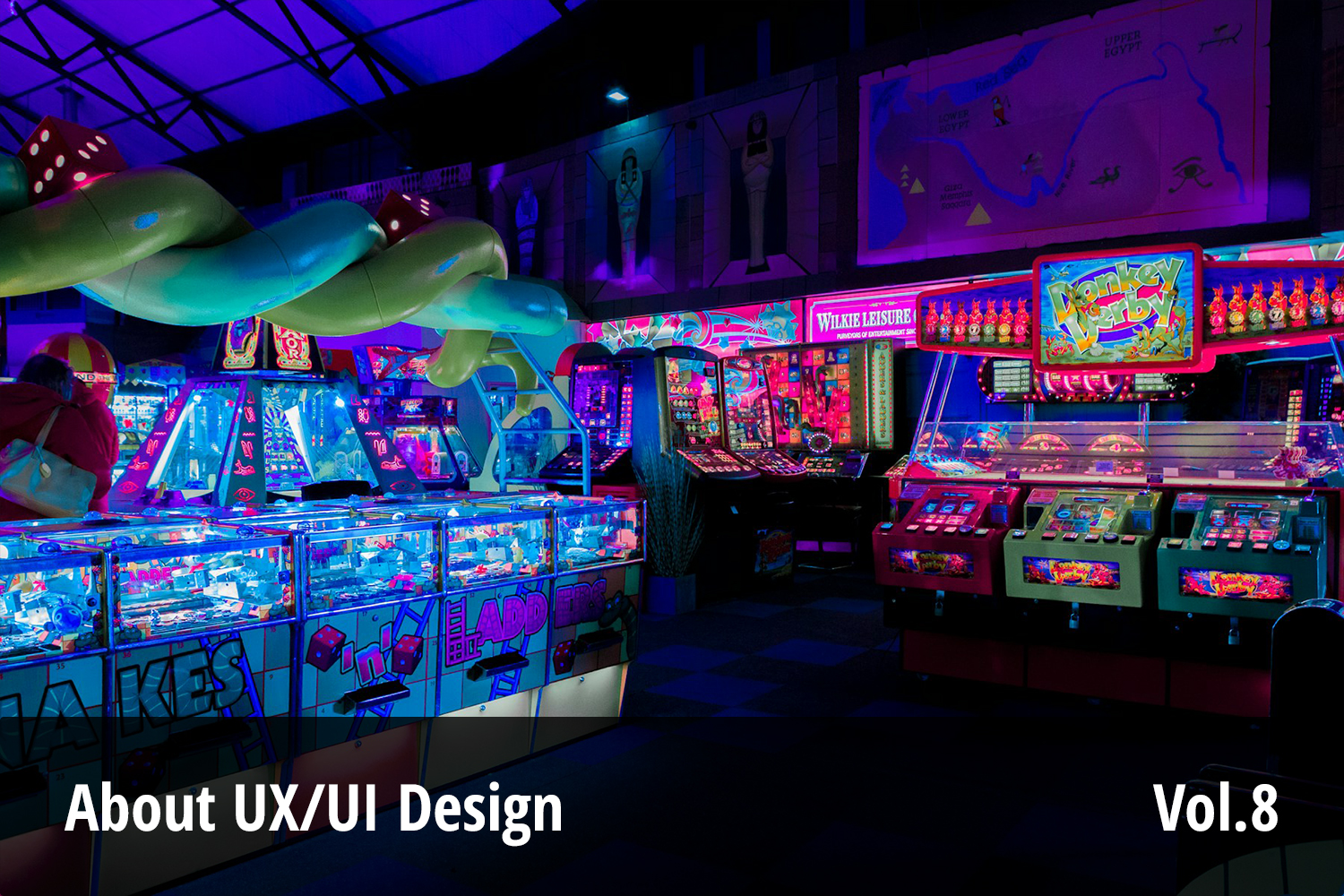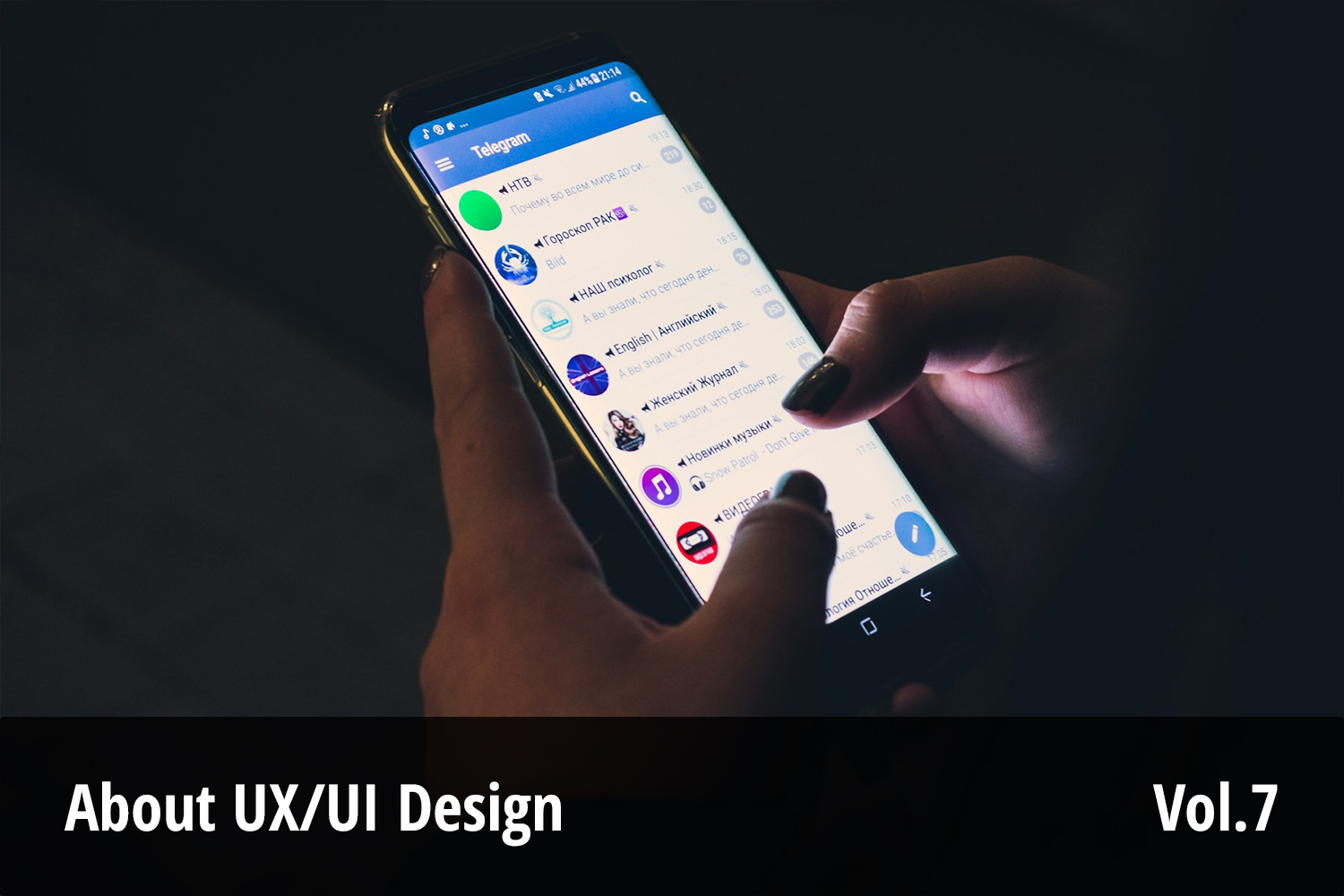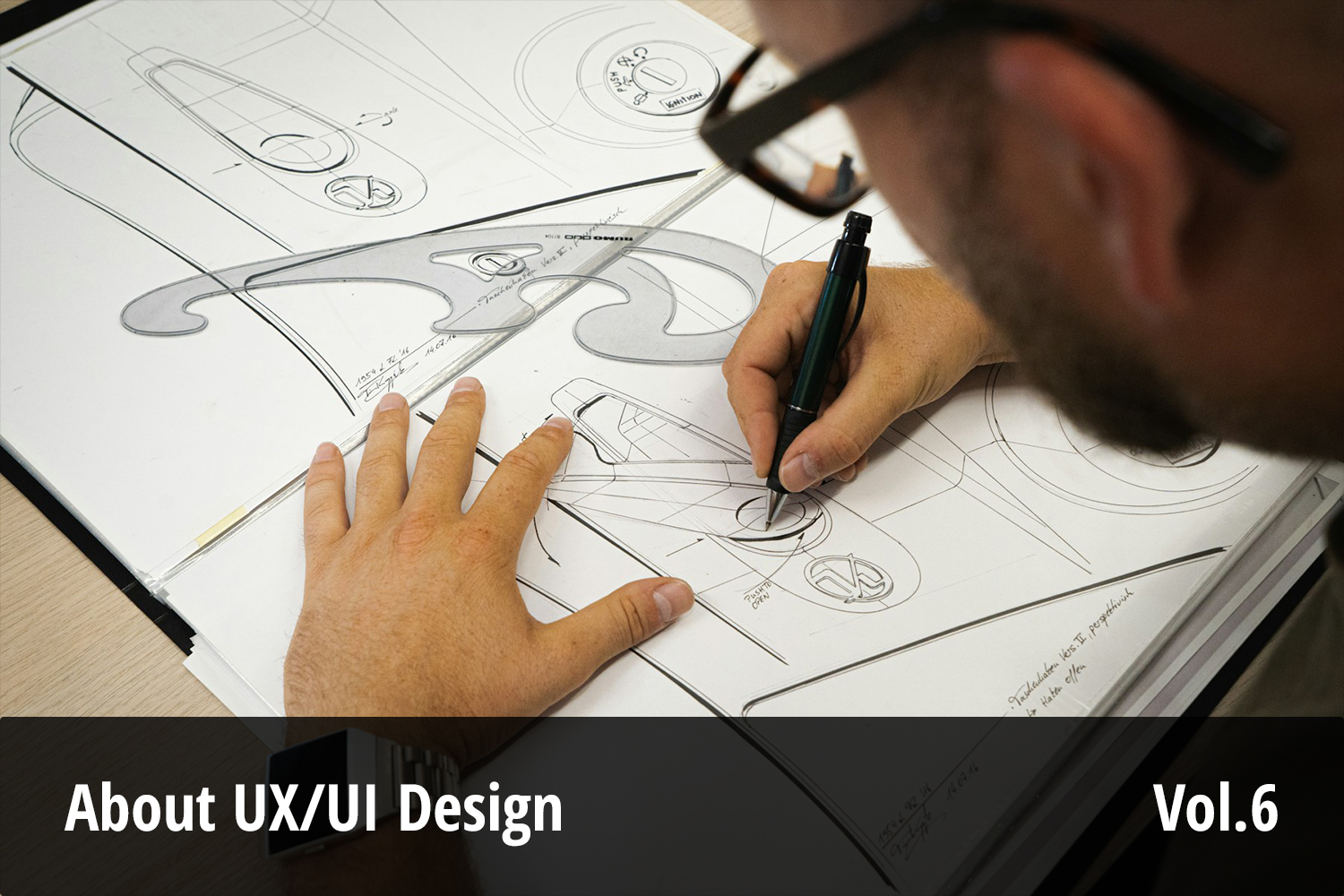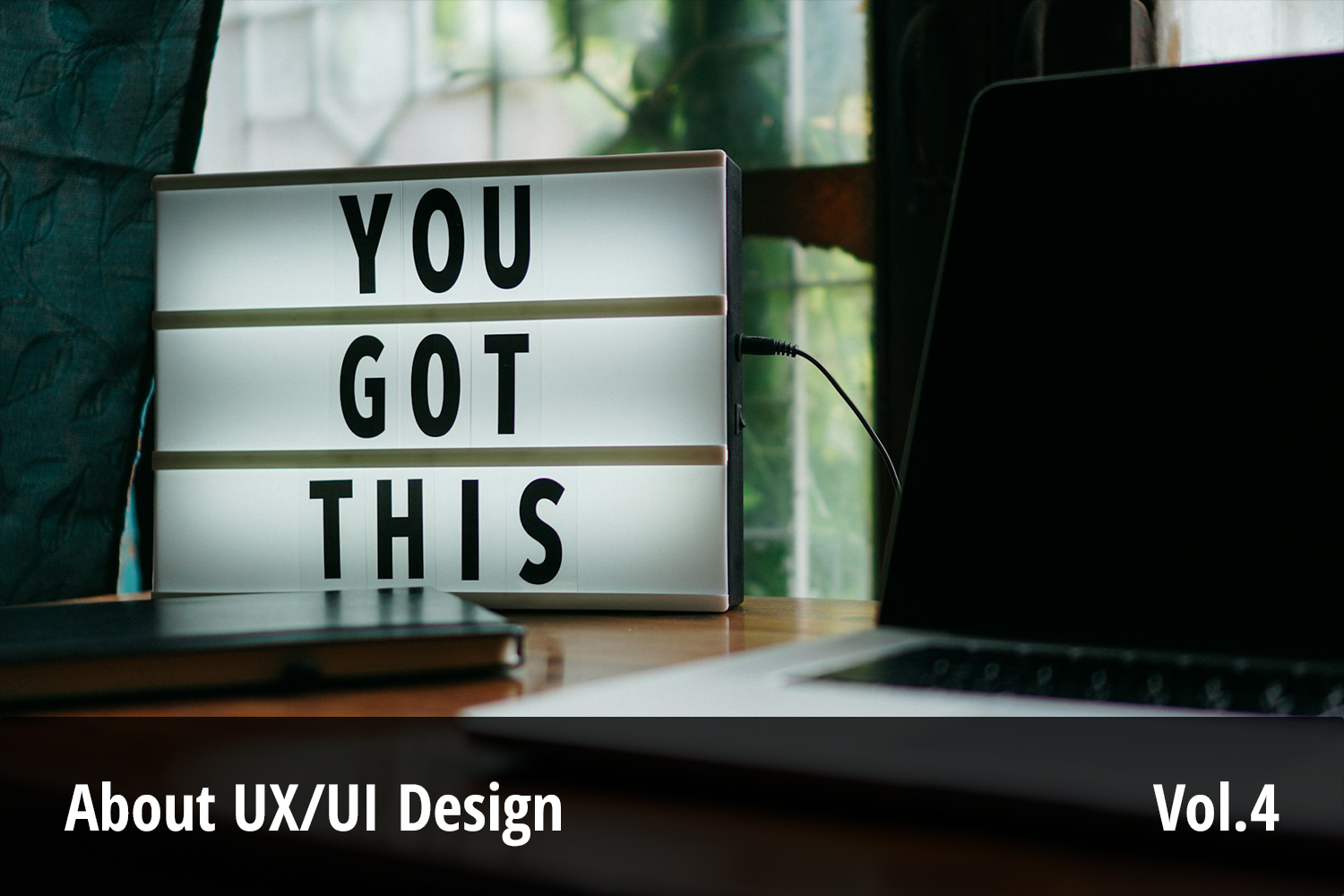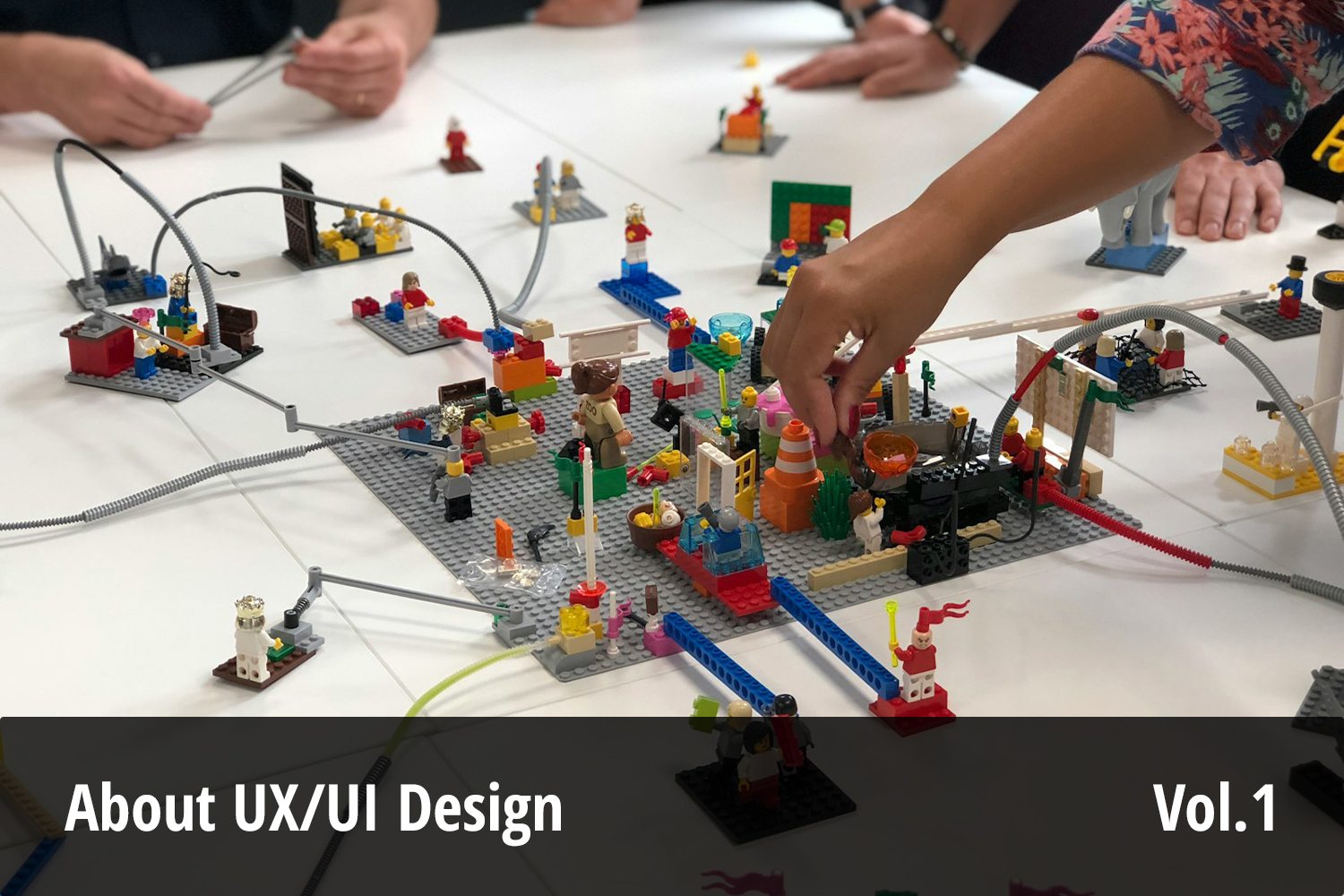When developing a product or service, the fundamental question revolves around problem-solving: What problem are we addressing, and how will our solution deliver value to users? The nature of the solution can significantly influence the final form of the product or service, shaping its relevance and utility.
However, value creation extends beyond mere problem-solving; it also involves how emerging technologies are employed. Artificial Intelligence (AI) serves as a prime example of this. The value AI offers can vary dramatically based on its application within a product or service. It’s clear that the implementation of AI technology can transform how solutions are perceived and valued.
In this article, I will delve into the critical aspects of value creation in UX design, exploring both the design process and the strategic implementation of technology. We will look at effective strategies for articulating and selling this value, ensuring that the end product not only solves problems but also enhances user engagement and satisfaction.
In UX design, there are seven factors that form the cornerstone of a great user experience. Rather than attempting to address all seven factors simultaneously, it’s crucial to design with these factors in mind. The goal should be to ensure that, as an outcome of using the product or service, these seven factors are ultimately fulfilled. This approach allows designers to create more cohesive and effective user experiences that meet users’ needs comprehensively.
Navigating the Nuances of “Desirable” in UX Design
One of the 7 factors of user experience design is “desirable,” which refers to the extent to which a product or service is deemed necessary. Assessing this necessity can be challenging, as it is typically reflected in metrics like sales and frequency of use — both of which are, at best, educated hypotheses before a product hits the market.
The perceived necessity of a product or service can vary greatly depending on individual users, their location, and specific circumstances. For example, the ubiquitous presence of vending machines throughout Japan illustrates a cultural commitment to convenience that is not mirrored to the same extent in other countries, where vending machines are sparse due to differing societal norms and concerns such as crime.
Moreover, the need for a product or service isn’t always organic. Often, it’s up to businesses to persuade potential customers of the necessity of their offerings. This requires business owners to approach the market with the assumption that they are fulfilling an existing need, potentially biasing their marketing strategies from the outset.
Consider the decision to watch a new movie: the choice is heavily influenced by how essential we perceive the viewing experience. Will the film be merely entertaining, or will it offer something more substantial that justifies the time and expense?
When evaluating the necessity of a product or service, two critical questions should guide your judgment:
- How frequently will it be used in everyday life?
- To what extent will it solve a specific problem?
By answering these questions, designers and businesses can better understand and articulate the true value of their offerings, aligning their products more closely with the real needs and desires of their users.
It’s important to distinguish between “frequency of usage” and “frequency of possible use.” In the context of this discussion, the diagram we’re examining specifically applies the concept of “frequency of usage.” This metric is crucial for understanding the actual engagement levels with a product or service, rather than just its potential reach.
Daily Needs and Problem-Solving
When examining the potential of various products to address daily needs and solve problems, music and automobiles provide insightful examples.
Starting with music, it’s a product you can certainly live without. While music enriches life, it is not as essential as food, nor does it solve a critical problem. Its benefits, such as relaxation and motivation, are subjective and vary by user, much like luxury items. This subjectivity means that music scores relatively low in terms of necessity and problem-solving. However, this does not preclude its business potential. For music to be profitable, the focus should shift from the product itself to the experience it offers.
Successful music ventures create immersive worlds that resonate with fans, foster robust connections between artists and audiences, and leverage communication tools effectively, such as social media interactions that enhance the user experience of music.
Now, let’s consider the automotive industry by comparing Tesla and Toyota. Both brands fulfill the essential need for transportation, which is a high daily demand. However, they differ significantly in how they solve problems. While both address the basic need to transport people and goods, Tesla exclusively manufactures electric vehicles, positioning itself as a solution to broader social issues like environmental sustainability. This distinction makes Tesla’s value proposition potentially more sympathetic or appealing in today’s market. This does not imply Toyota is inferior; it simply highlights that the sympathy garnered by Tesla from its commitment to electric vehicles represents a different approach to solving problems. Therefore, traditional car manufacturers suddenly shifting to emulate Tesla’s model without a genuine commitment to innovation and sustainability might struggle to replicate its success or create comparable value.
These examples illustrate that the key to business success in varying sectors isn’t just about meeting a need but how you meet that need and the additional values you bring to your customer base.
Photo by David von Diemar on Unsplash
In the automotive industry, while Toyota also offers electric vehicles, they haven’t achieved the same level of recognition or expertise as Tesla. Why is this the case?
Thoroughly Marketing “Why is it Necessary?”
Throughout my years working in UX design, I’ve often encountered the assumption that products and services must solve a specific problem. Indeed, it’s easier to communicate and sell something that addresses a clear need, which is beneficial from a business perspective.
However, as seen with the example of music, there are sectors where the necessity isn’t inherently obvious and must be cultivated. This scenario is not unique to music but also applies to emerging technologies and products that have never before existed.
Consider blockchain and cryptocurrencies: these innovations introduced new values that society is still grappling with, and their necessity remains a topic of debate. For such innovations to gain acceptance and integrate into everyday life, strategic communication is essential to help the public understand and embrace these new values.
When evaluating a product or service demands, consider positioning it along two axes: 1) How frequently will it be used in everyday life? and 2) To what extent will it solve a specific problem? Technologies like cryptocurrencies, ChatGPT, and Zoom serve as prime examples. They are used daily and address significant needs, making their value proposition clear and their marketing straightforward.
Conversely, products that are used frequently but do not solve a pressing problem must be marketed with “desirable” in mind. This category includes offerings in the entertainment sector, such as music and films, and in saturated markets like apparel and food and beverage, where competition is fierce.
Obviously, products and services that neither solve a significant problem nor are used frequently in daily life face a challenging path to becoming viable businesses.
Understanding that UX design is not solely about creating problem-solving products but is an academic pursuit aimed at crafting specific experiences can reshape our approach to “desirable” and value creation. By embracing this perspective, the work of defining and communicating the unique value of a product or service can be significantly enhanced.
Get a Free UX Consultation!
No matter the scope of your project, it’s advisable to consult a UX design expert early in the process. While not every situation may require a UX designer—sometimes a UI designer or even your existing team resources can suffice— recognizing this early can save on unnecessary expenditures. Engaging the right expertise from the start ensures that your project is not only cost-effective but also aligned with the best practices in user experience design.
Free Download
At Genki Brothers, we have initiated the startup “Connect” with the aim of exploring the integration of UX/UI design within business contexts.
For those interested in creating innovative and unprecedented experiences in your business endeavors, we encourage you to read our book. Please complete the submission form provided below. Upon receipt of your email, an automatic reply containing the download link for the book will be sent to you.
The innovator behind the binocular training system for the lazy eye, bloo.vision with over 20 years of experience in UX/UI design, and a profound understanding of web technology's impact on our lives from early-stage projects in Japan.
Other Open Sources
